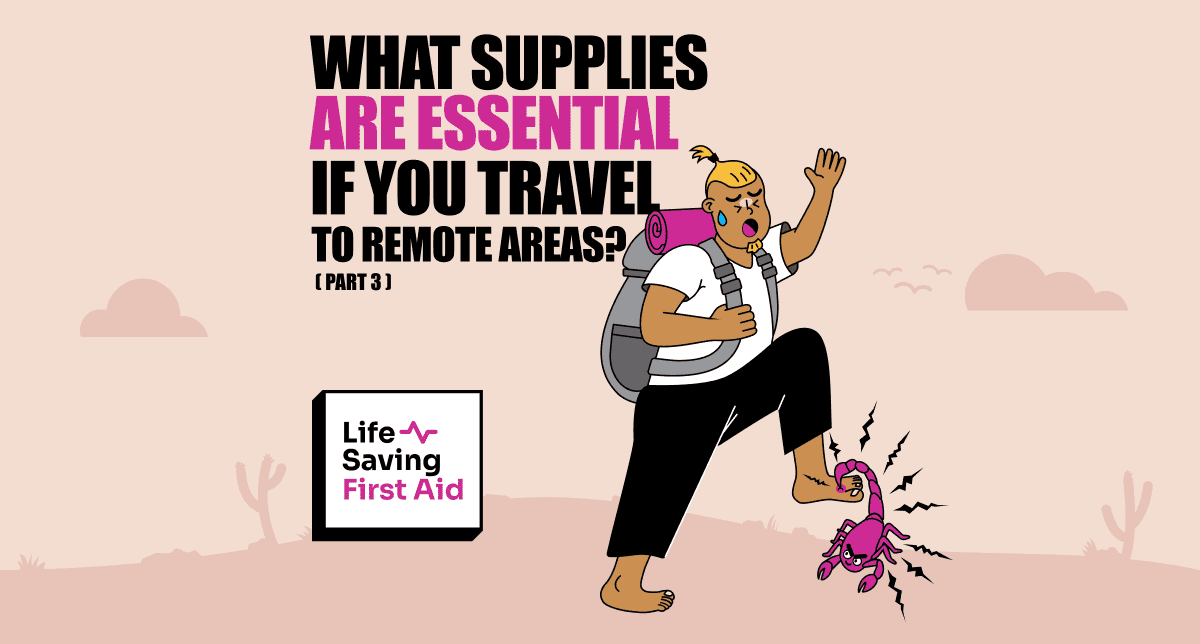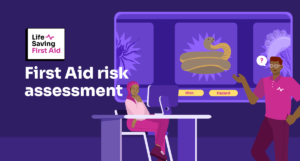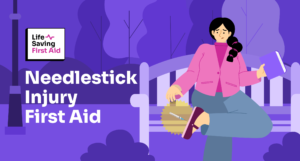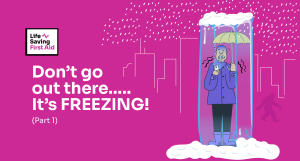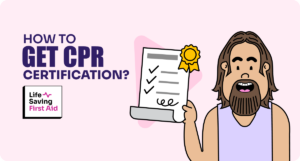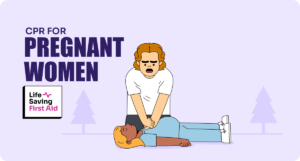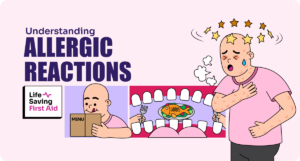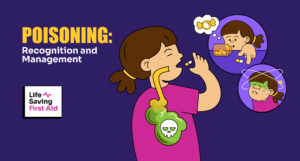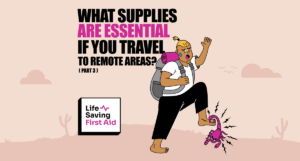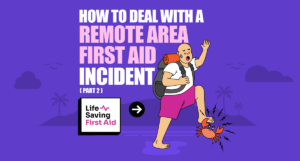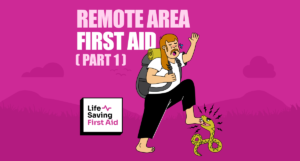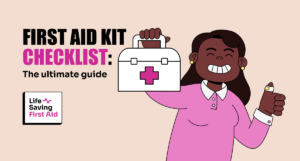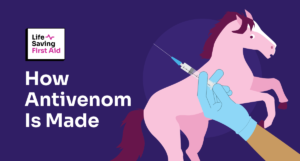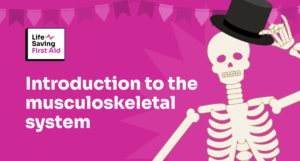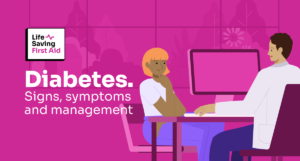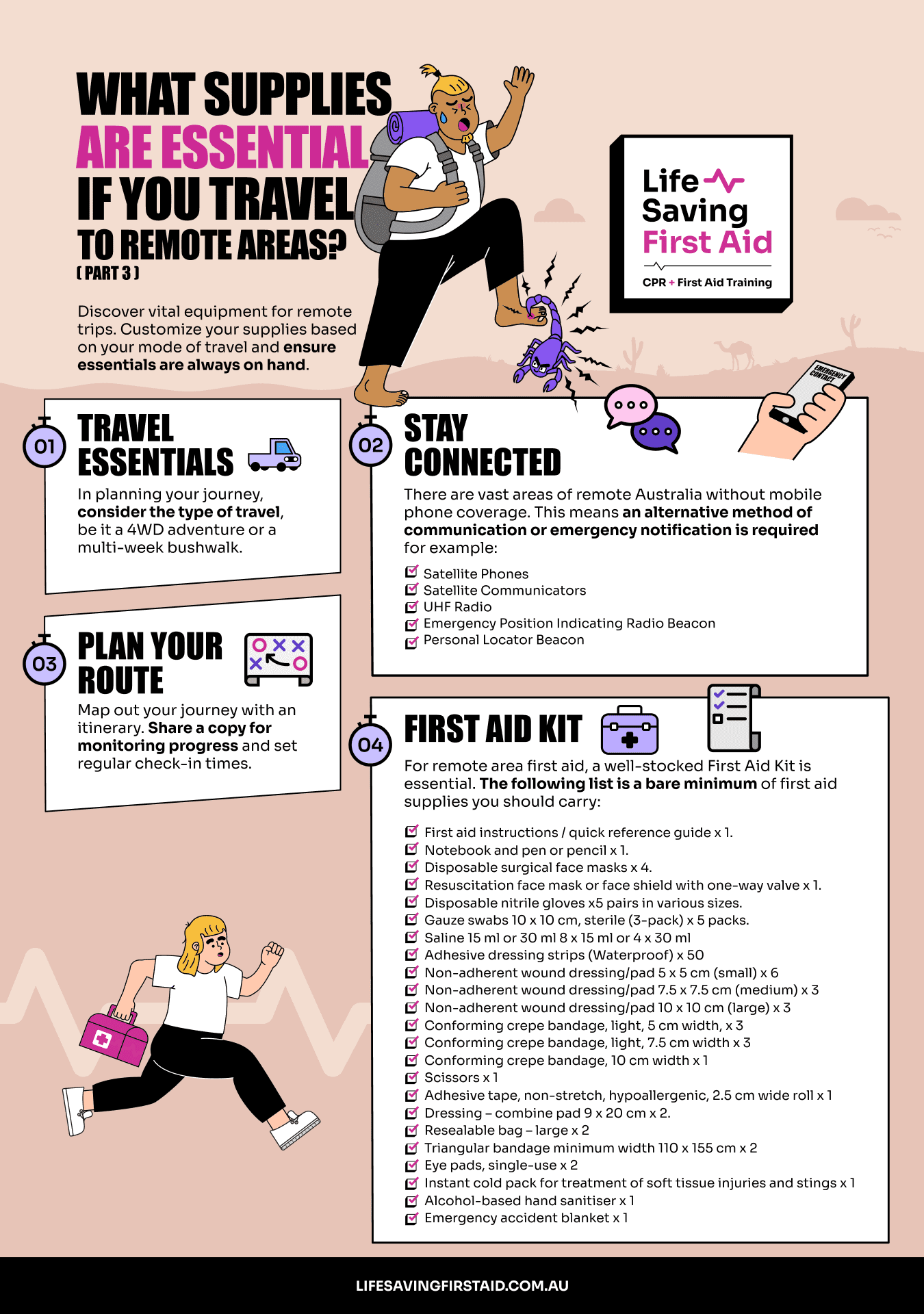
Introduction
This is the final part of our article on remote area first aid. We are going to look at some of the equipment and supplies you may need when travelling in remote areas. Don’t forget to read Remote First Aid (part 1) and handling medical emergencies in remote areas (part 2).
The quantity of supplies and equipment you can carry of course depends on your mode of travel. A 4-wheel drive outback adventure compared to a 3-week bushwalking trek for example.
Regardless of your mode of travel, there are some essentials you will need.
Itinerary

First and foremost, you will need a map or itinerary outlining where you are going, when you should be at certain locations on the map, and your expected ETA at the end of the journey.
One copy for you and another for someone who can monitor your progress and will check to see if you have arrived safely. If possible, you could even arrange regular communication times so that a missed call will trigger a search and rescue response.
Communications

While we are talking about communications, vast areas of remote Australia are without mobile phone coverage. (Have a look here to get an idea of Australia’s phone coverage.) This means an alternative method of communication or emergency notification is required.
There are lots of alternatives on the market. The list below is just a few of those available.
- Satellite Phones – for use when outside mobile phone coverage. They connect directly to satellites and enable you to make/receive calls or SMS.
- Satellite Communicators – enable text messaging but no voice communication.
- UHF Radio – Generally for short-range communications up to about 5 km.
- EPIRB and PLB – Emergency Position Indicating Radio Beacon and Personal Locator Beacon are distress beacons that send an emergency signal along with your GPS coordinates to emergency services via satellite. These devices do not offer any messaging or navigation functions. They are something you carry with you and only use in the event of an emergency.
For a great analysis of remote communications equipment check out the information available here.
Other communication items you may consider are:
- A whistle for attracting attention if lost.
- A mirror to signal aircraft or other searchers.
First Aid Kit for Remote Area First Aid
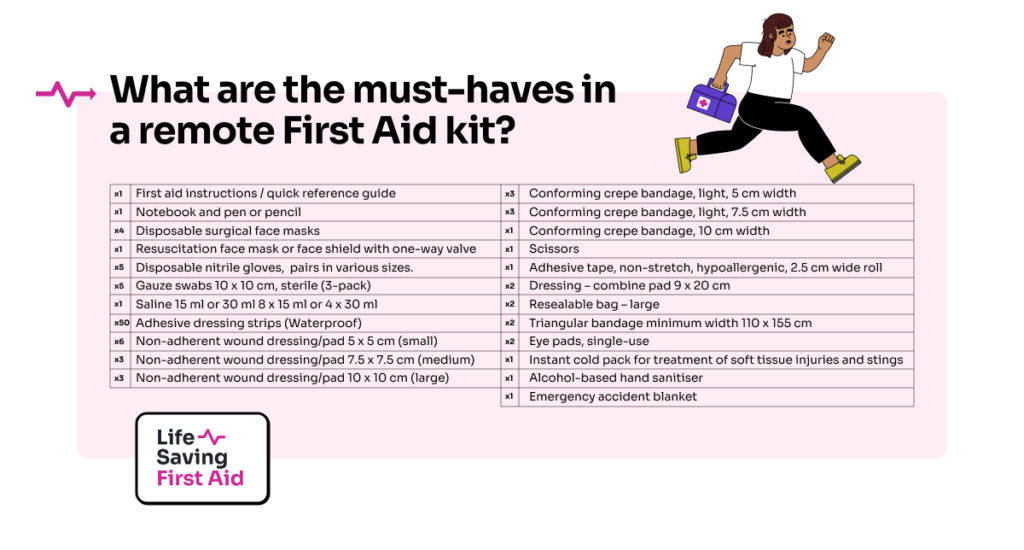
For remote area first aid, a well-stocked First Aid Kit is essential. Once again you might be limited regarding how much you can carry. You may need to compromise on what you would LIKE to have and what you NEED to have.
The following list is a bare minimum of first aid supplies you should carry:
- First Aid Instructions/quick reference guide (x1)
- Notebook and Pen or Pencil (x1)
- Disposable surgical face masks (x4)
- Resuscitation face mask or face shield with one-way valve (x1)
- Disposable nitrile gloves – nitrile is a latex-free rubber suitable for people with latex allergies (x5 pairs in various sizes)
- Gauze swabs – sterile 3-pack of 10 x 10 cm (x5 packs)
- Saline (x8 of 15ml or x4 of 30 ml)
- Adhesive dressing strips – plastic or fabric (x1 packet of 50)
- Non-adherent wound dressing/pad – Small 5 x 5 cm (x6)
- Non-adherent wound dressing/pad – Medium 7.5 x 7.5 cm (x3)
- Non-adherent wound dressing/pad – Large 10 x 10 cm (x3)
- Conforming crepe bandage – Light 5 cm width (x3)
- Conforming crepe bandage – Light 7.5 cm width (x3)
- Conforming crepe bandage 10 cm width (x1)
- Scissors (x1)
- Adhesive Tape – non-stretch hypoallergenic 2.5 cm wide roll (x1)
- Dressing Combine Pad 9 x 20 cm (x2)
- Large Resealable Bag (x2)
- Triangular Bandage minimum width 110 x 155 cm (x2)
- Single-use eye pads (x2)
- Instant cold pack for treatment of soft tissue injuries and some stings (x1)
- Alcohol-based hand sanitiser (x1)
- Emergency accident blanket (x1)
Extras
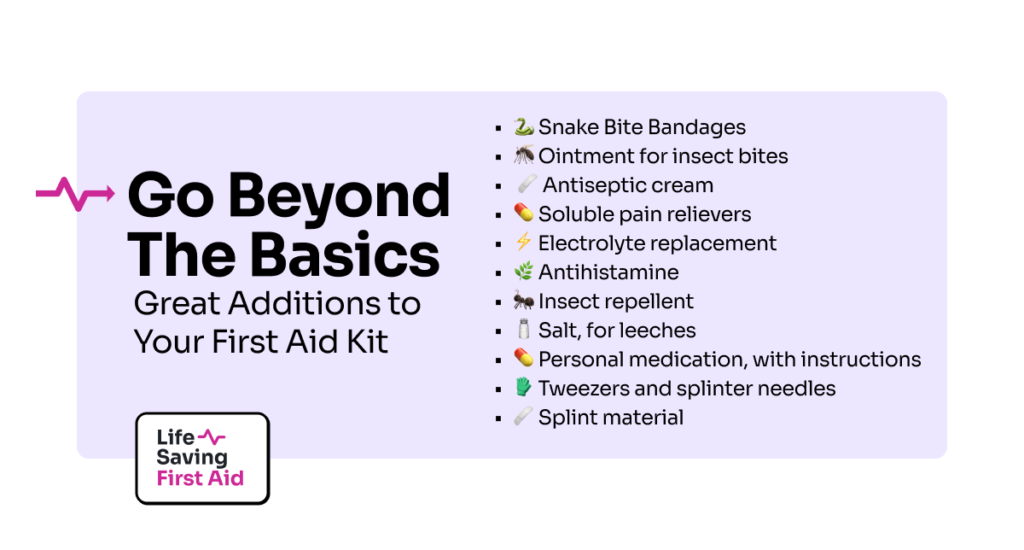
You can buy first aid kits already stocked with the basics and add additional items to suit your needs.
So, that’s a basic first aid supplies list. You may want to add:
- Snake Bite Bandages
- Ointment for insect bites
- Antiseptic cream
- Soluble pain relievers
- Electrolyte replacement
- Antihistamine
- Insect repellent
- Salt, for leeches
- Personal medication, with instructions
- Tweezers and splinter needles
- Splint material
Make sure that your first aid kit is a soft pack. This makes it much easier to store and carry.
You can find some more information on first-aid kits in our article “First Aid Kit Checklist: The Ultimate Guide.”
Other Supplies
As a First Aid Training Company, we are mainly concerned with the Remote Area First Aid side of things. However, we do recognise that other supplies that you take for an outback or wilderness adventure have an impact on your health and safety. Adequate water and clothing suitable for the climate and terrain for example.
So, I have had a look around and found a couple of good websites to help you with your trip planning. (That’s the kinda guy I am…)
Check out this Outback and off-road checklist. It is very comprehensive. As is the website for vehicular travel around Australia.
Also, take a peek at Trail Hiking Australia. As the name suggests, great information for hikers.
Conclusion
Australia is huge and mostly empty. When you are standing in the middle of nowhere, many hours or days from anyone else, it can be very peaceful. It can also be very stressful. The best you can do is be confident in your preparation, your communication systems, and the equipment/supplies you have with you.
As Benjamin Franklin said – “ By failing to prepare, you are preparing to fail”. And, miles from nowhere, nobody really wants to fail.
Well, that’s that. Until next time… Stay safe.
Adrian
